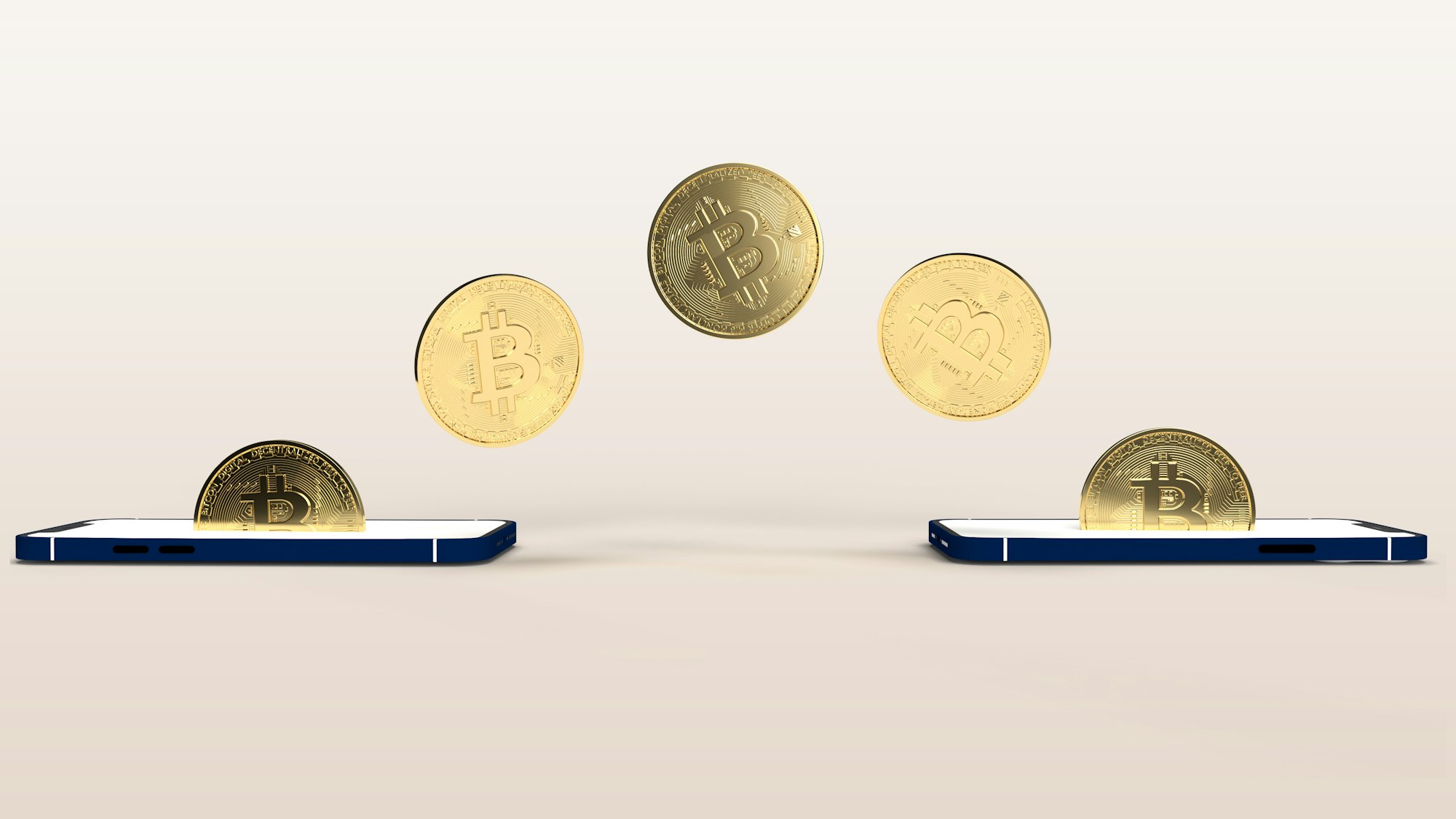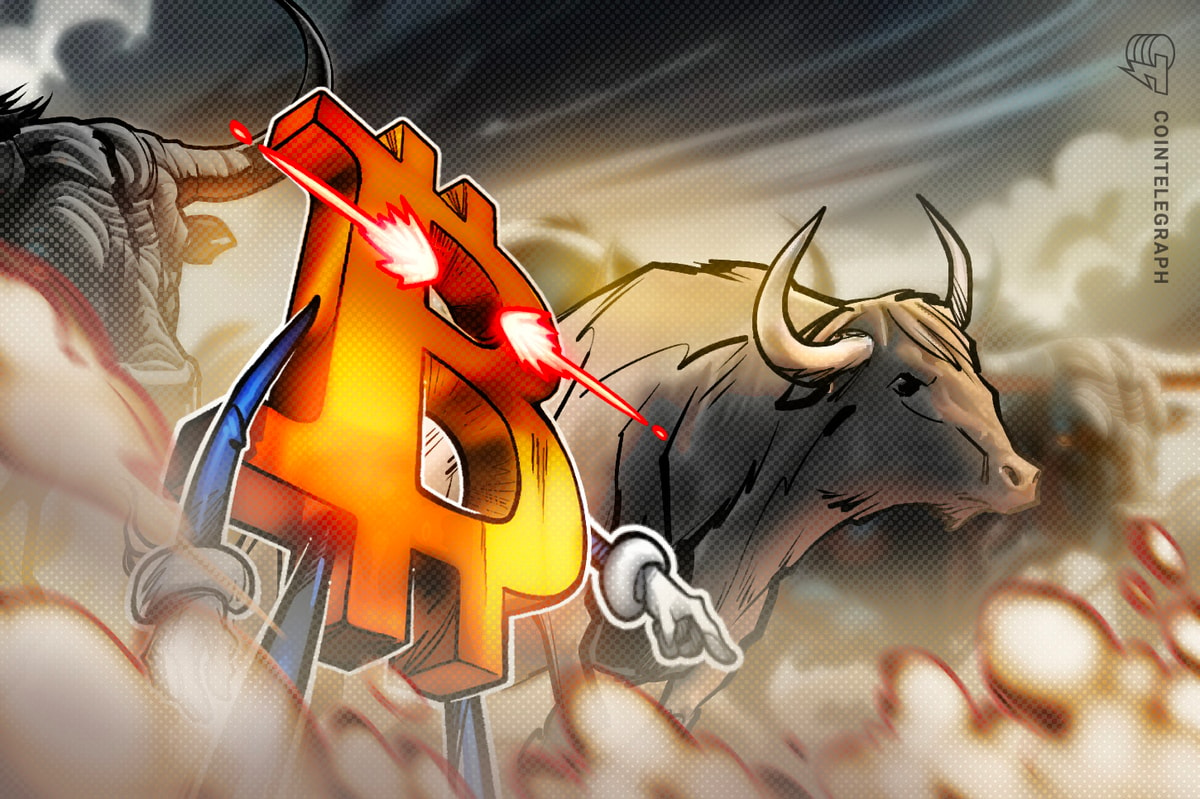After much deliberation, you’ve decided to put down a pretty penny and add a remarkable luxury item to your life. You’re not alone.
From fine jewelry to cosmetics, the luxury-goods industry continues to dominate and break global sales revenue records. So, if the industry is reaching new heights in almost every business sector already, what’s the point in adding blockchain-based non-fungible tokens (NFTs) to the mix?
One of the key drivers of this influx of attention toward luxury goods is younger generations, with millennials and Gen Z shoppers projected to make up 60% of the luxury market by 2025. Likewise, the audience making up a majority of investments in cryptocurrencies and digital asset utilization skews younger as well. Many luxury brands are already taking note of this crossover appeal, with power-player brands like Balenciaga and Philipp Plein embracing crypto and other Web3 developments, such as NFTs and the Metaverse.
However, despite digital assets garnering attention through serious brand recognition and star-power, many clients and companies remain skeptical about these new and unpredictable technologies, especially now that the entire market is crashing. NFT giants that dominated crypto’s period of prosperity have now fallen from grace significantly. Landmark events like NFT.NYC has been dismissed as a hollow cash-grab and once-reigning NFT exchange OpenSea finds itself ensnared in a fraud and counterfeiting scandal.
With all that in mind, there is still a sustainable way to move forward. Digital assets and NFT technology can add to the luxury experience, but the approach towards implementation should be used to enhance the product and experience, not serve as a replacement for it.
The current state of NFTs in luxury

Elite brands with resources to spare are venturing into Web3, although most of these interactions are either flashy NFT partnerships or onboarding crypto as a payment method. Attempts at more artful collaboration like the inaugural Metaverse Fashion Week were met with gripes on the awkward technology and overt corporatization casting a bland shadow over the entire event. The unsavory perception of NFTs also subjects brand-sanctioned NFT drops from billion-dollar companies to being perceived as another way to squeeze cash.
If it seems that collectibles and half-baked collaborations are all NFTs have to offer the luxury industry, there are more substantive developments flying under the radar. Projects like Aura Blockchain Consortium, backed by luxury conglomerates including LVMH, Prada Group, and Richemont, provide a real utility to combat a major problem in luxury goods: counterfeits.
RFID tags and digital authentication have long been introduced to combat fakes, but NFT technology is a viable resource to create an immutable tracking tool from fabrication to purchase. Alongside enabling comprehensive authenticity guarantees for their purchase, Aura allows brands to build a personal relationship with clientele and extend the product life cycle.
Enhancing future experiences
NFTs as an authenticity tool can greatly improve the experience of luxury consumption, especially in the resale and vintage markets. Interest in vintage and pre-owned luxury popularity has increased swiftly, particularly among younger and environmentally-conscious shoppers. Picture browsing online consignment stalwarts like The RealReal or Vestiaire Collective and being assured the pieces you are purchasing are genuine through an NFT authentication.
In luxury supply chain and production, NFTs as tracking intermediaries can be incredibly beneficial for companies and designers. This expansion would be notably valuable for hard luxury companies dealing in jewelry and precious metals, which can be prone to exploitative procurement. In practice, suppliers could issue NFTs to prove their precious materials like diamonds and gemstones were not procured from conflict areas or unregulated sources.
NFT-backed transparency in supply chains and material sourcing would not only appeal to brands but to customers as well– customers who are greatly prioritizing sustainability and superior quality when considering making a luxury purchase. Additionally, NFT technology can be adapted to ensure quality control, create an interactive client experience that immerses them in a brand’s history, and VIP perks for high-value shoppers.
Circling back to NFT collaborations, one way to evolve luxury partnerships in the NFT-art space would be to cultivate communities from their origins. Mega brands like Gucci constantly engage with Web3-savvy audiences on Discord, cementing them as authentic players in the NFT and digital asset space.
Interacting with these communities authentically and not as another untapped revenue source will garner a greater appeal for the brand as a whole, not only for future collaborations or drops. One-off NFT stunts and gimmicks are no longer the attention drivers they used to be and can make a company come off as an imposter trying to siphon clicks and dollars away from more salient and innovative projects.
As the luxury industry continues making inroads into the blockchain, NFTs can be the perfect tool to further bridge these gaps. To ensure these bridges are built to last, brands should be taking a two-pronged approach: Meaningfully engaging with communities and adapting technologies to enhance the product that clients already love. Ultimately, NFTs should complement and act as a functional bonus to the product, heritage, and design driving the brand, not the other way around.
Written by Eliaz Gabay, CEO at Yvel & Co-Founder of INFS.io
Read More: news.google.com









 Bitcoin
Bitcoin  Ethereum
Ethereum  Tether
Tether  XRP
XRP  Solana
Solana  USDC
USDC  TRON
TRON  Dogecoin
Dogecoin  Cardano
Cardano  Lido Staked Ether
Lido Staked Ether  Wrapped Bitcoin
Wrapped Bitcoin  LEO Token
LEO Token  Avalanche
Avalanche  Chainlink
Chainlink  USDS
USDS  Stellar
Stellar  Toncoin
Toncoin  Shiba Inu
Shiba Inu  Sui
Sui  Wrapped stETH
Wrapped stETH  Hedera
Hedera  Bitcoin Cash
Bitcoin Cash  Litecoin
Litecoin  Polkadot
Polkadot  Binance Bridged USDT (BNB Smart Chain)
Binance Bridged USDT (BNB Smart Chain)  Bitget Token
Bitget Token  Hyperliquid
Hyperliquid  Ethena USDe
Ethena USDe  WETH
WETH  Pi Network
Pi Network  Monero
Monero  WhiteBIT Coin
WhiteBIT Coin  Wrapped eETH
Wrapped eETH  Dai
Dai  OKB
OKB  Coinbase Wrapped BTC
Coinbase Wrapped BTC  Uniswap
Uniswap  Pepe
Pepe  Aptos
Aptos  Gate
Gate  Tokenize Xchange
Tokenize Xchange  Ondo
Ondo  sUSDS
sUSDS  BlackRock USD Institutional Digital Liquidity Fund
BlackRock USD Institutional Digital Liquidity Fund  NEAR Protocol
NEAR Protocol  Mantle
Mantle  Internet Computer
Internet Computer  Cronos
Cronos  Ethereum Classic
Ethereum Classic